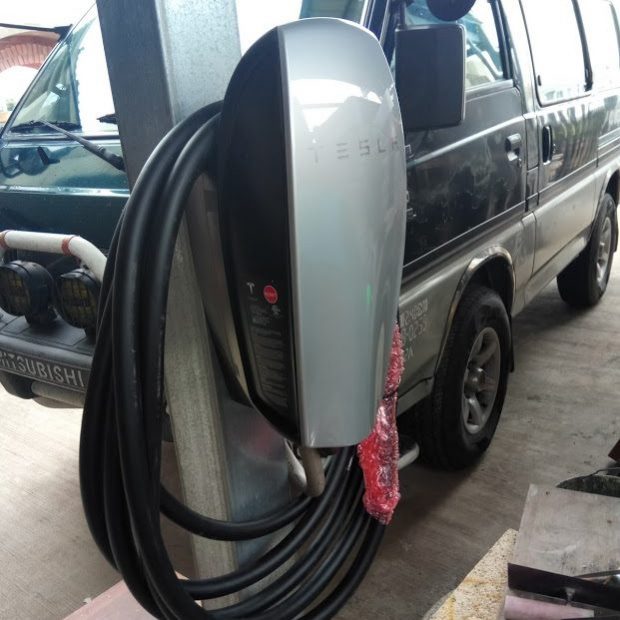VCs and private equity firms analyze a large number of transactions at once, creating reams of data that demand organization. A VDR makes it possible for these to keep all of this information at their convenience. Investors could see the full picture and make up to date decisions without spending time browsing a huge batch of paperwork. Lawyers and regulators can easily review proof quickly, avoiding the effort of traveling to review newspaper documents.
The first step in setting up a vdr is to identify which records will be trapped in the electronic space. This would be done after having a candid conversation between the purchaser and seller. It has important to make a decision what documents should be accessible to the community and which should remain private. This will have an impact on what types of people can gain access to the VDR.
After deciding which data files should be uploaded to the VDR, the administrator should set up customer groups and assign gain access to privileges. This will help to them keep track of the number of people who are logged in at any granted moment. The administrator should also determine which will files can be downloaded or branded, so they can https://vdrity.com control document dissemination.
Finally, the admin ought to set up an administrative account to manage all actions in the VDR. They have to use a password that is made up of upper and lower circumstance letters, digits, and specialized characters. They need to also verify whether the provider has support staff offered to answer questions by using email, mobile phone, or live chat. It’s also a good idea you just read reviews of VDR service providers on Capterra, SoftwareAdvice, and GetApp. Prioritize providers that offer a free demo period and have a top customer assessment count.

